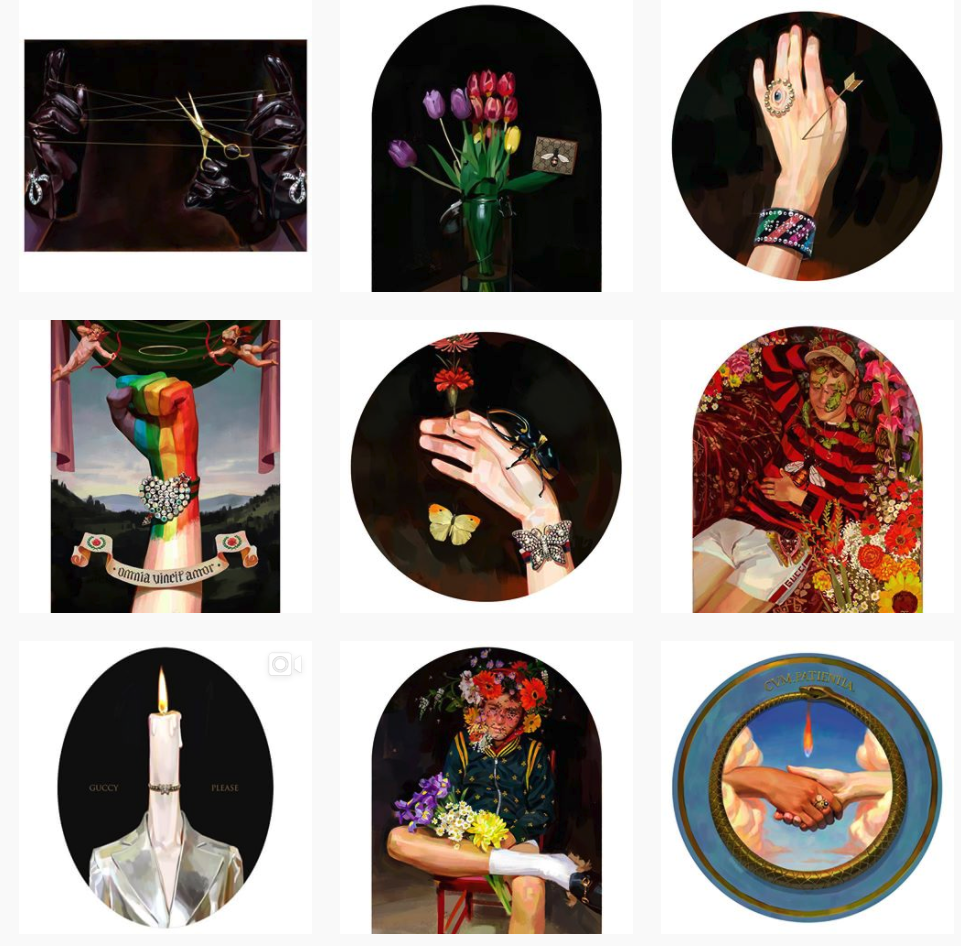
What catches your eye as you scroll through your feed? Chances are, it’s the colorful, beautiful images that align with that company’s branding. Color theory plays a vital roll in how people view your content and if they view it at all.
Color theory is the art and science of colors. How colors mix, how people perceive certain colors, and the messages those colors communicate. 90 percent of snap judgments made about products are based on color. In a digital world where eye-catching content reigns supreme, the knowledge of color theory couldn’t be more relevant.
When thinking of an artistic strategy for your brand, the design comes first. After creating a design that subtly leads the eye to the areas of the images you wish the viewer to focus on, implement color theory to send a deeper message about the design. Is your design a Call To Action? Use red, a color that attracts attention more than any other color. Is your campaign focused on how trustworthy your brand is? Pull in blue, a color related to calm authority.
A top reason brands decide to invest in social media marketing is for branding reasons. Social media platforms provide a great landscape to reiterate or update your brand’s aesthetic. An aesthetic is how your mind interprets something as beautiful or ugly. It’s important to know your brand’s color and design aesthetic since 80 percent of consumers think color increases brand recognition.





Not only does the content you produce need to align with your brand messaging and aesthetic, but so does the logo and packaging of your company. Here are a few examples of brands implementing the color theory in their logos.

Cadbury Chocolate uses Gold and Purples as their primary colors to evoke the idea that chocolate is luxurious. And that their chocolate, in particular, is chocolate royalty.

LEGO uses red as their logo color to show playfulness. Red also increases heart rate for brands trying to create urgency or impulse buys (perfect for toys).

The New York Times uses black to show that they are well-established and sophisticated.

American Express chose blue for their branding to show they are professional and logical, but not invasive. Blue tones are ideal for brands who want to emphasize trust and security.
One thing to remember when it comes to color theory is that color is subjective. Be sure to test your brand’s visual identity with your target demographic. Once you find an aesthetic that works, stick to it! Color theory, when implemented with your artistic strategy, is essential when it comes to digital branding.